Mozart’s Haffner Symphony
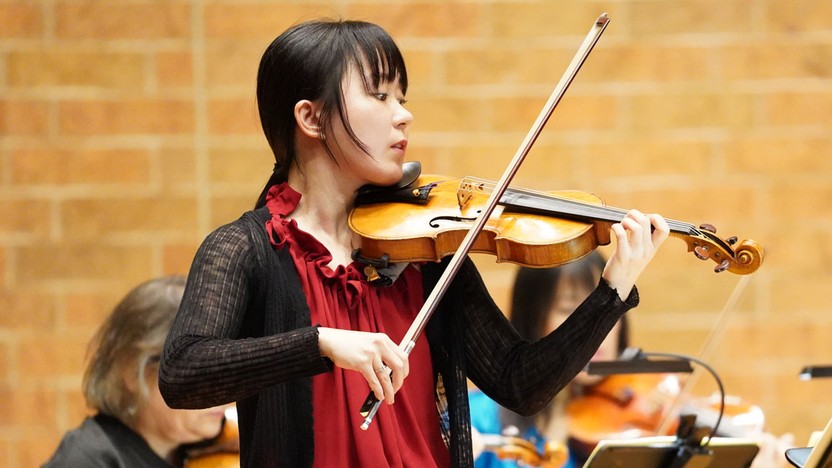

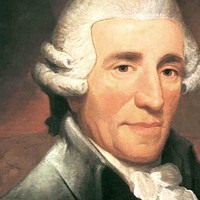
In 1761, the 29-year-old Franz Joseph Haydn accepted a job with the Esterházy family, a fantastically wealthy and cultured branch of the Austrian nobility. Over the next thirty years, the music that the inexhaustible Haydn created for his demanding patrons played a defining role in advancing what we now recognize as the “Classical” style.
Starting in his role as Vice-Kapellmeister, and then from 1765 on as Kapellmeister, Haydn organized concerts played by the court’s private orchestra. The ensemble was small — just 13 to 15 players when he started — but stacked with world-class performers, not the least Haydn himself, who attested to his biographer that while he was “no wizard on any instrument,” he was a competent enough violinist to play concertos.
Whether he performed the Violin Concerto No. 4 in G Major himself or relegated it to a colleague, it speaks to his command of the instrument and originality in a form that ran parallel to his transformative work with symphonies. Advancing beyond the simple structures developed at the start of the century by Vivaldi and company, this concerto from 1769 starts with a full exposition of the main themes by the orchestra, which the solo violin elaborates on the second pass through the same material, showing off its technical prowess with wide leaps and swift runs. The exploratory nature of the central development section allows for flights of fancy into dramatic minor keys and an expectant pivot back to the return of the main themes.
The singing tune over a pulsing bass line in the central Adagio shows how Haydn carried the melodious arias of the Baroque era forward into a new age. In the bouncy finale, a main theme that starts with a distinctive leap up an octave helps call attention to itself with every new appearance.
Aaron Grad ©2024
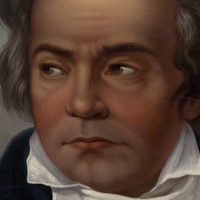
When the young Ludwig van Beethoven published his first six string quartets in 1800, he was still working under the long shadow of Joseph Haydn — known as the “Father of the String Quartet” for good reason. After those early years spent mastering the established style, Beethoven attained a new level of refinement and independence with the works from his “middle period,” including Opus 95 from 1810.
The hallmark of Beethoven’s mature style is the extent to which musical ideas compress down to the bare essentials that can be developed, manipulated and examined from all angles. Nowhere is this process taken further than in the work that goes by the nickname “Serioso,” Italian for “serious.” The opening Allegro con brio movement distills a muscular sonata form into four minutes of uncompromising intensity, all growing out of the first unison exhortation.
After the unremitting severity of the first movement, the rather fast “slow” movement, marked Allegretto ma non troppo, provides only a modicum of solace, even with its key setting of D-major. Austere counterpoint and harmonies borrowed from minor keys contribute to the somber tone.
The quartet’s nickname comes from the tempo marking for the scherzo, which translates as “Fast and rather lively, but serious.” Echoing the stabbing gestures and pregnant pauses of the opening movement, this scherzo lurches fitfully in a galloping stride. Two contrasting passages offer brief relief, until the final section storms out at an even faster pace.
The finale delays the mysterious, agitated body of the movement by prefacing it with a haunting introduction — the only music that is truly slow in this forward-leaning quartet. Just when the minor-key angst seems that it could not sink any deeper, a confounding coda scampers off to a final resolution in F-major.
Aaron Grad ©2024
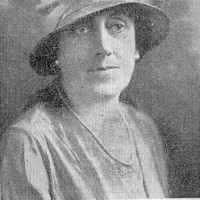
With both of her grandfathers working as church musicians and both of her parents singing in the choir of Boston’s Handel and Haydn Society, it was no surprise that Mabel Daniels took to music. Her childhood piano lessons led to her making up her own pieces by the age of ten, and her strong singing voice carried her into her college years at Radcliffe, where she performed with the glee club and wrote and conducted her own operettas. After graduating magna cum laude, she sought out private composition lessons with George Chadwick, a central figure in what has come to be known as the “Second New England School” of composers. Daniels then continued her studies in Munich, where her clutch sightreading at the piano (in front of a room full of skeptical male peers, no less) led to her being the first woman admitted to the conservatory’s score-reading class.
Daniels returned to Boston, and for a time was the head of the music department at Simmons College. The epicenter of her composing became the MacDowell Colony, an artist retreat in New Hampshire established by the widow of composer Edward MacDowell. Daniels spent 24 summers there, and the lush surroundings inspired her most famous composition, the tone poem Deep Forest. She wrote the original version in 1932 for the Little Symphony directed by the eminent flutist Georges Barrère, and she added an alternate version for full orchestra the next year. The musical language shows off Daniels’ colorful and muscular approach to harmony that stayed with her from the early years of the twentieth century, influenced by the likes of Claude Debussy and Richard Strauss, and the scoring for one of each woodwind and brass instrument encouraged her to showcase the individualism of the featured players.
Aaron Grad ©2024
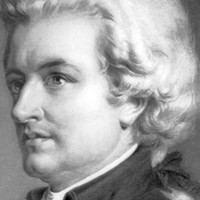
Just a year after his move to Vienna, Wolfgang Amadeus Mozart was “up to his eyes in work” during the whirlwind summer of 1782, as he explained in a letter to his father. He had just prepared the opera Abduction from the Seraglio for its premiere, and he was rushing to arrange the score for winds. (“Otherwise someone will beat me to it and secure the profits instead of me,” he wrote.) He also moved houses, and he was arranging his wedding to Constanze Weber on the sly without tipping off his disapproving father quite yet.
In the midst of all this activity, Leopold asked his son to write a serenade for the ennoblement of Sigmund Haffner, a boyhood chum of Wolfgang’s and the son of Salzburg’s mayor. Mozart completed a first movement within a week, and he dispatched subsequent movements as quickly as he could in the following weeks, not even making copies to keep himself.
No evidence remains of a Salzburg performance of that serenade, but Mozart remembered the score when he was preparing music for a self-produced concert, and he asked his father to send back the manuscript. When it arrived months later, Mozart replied, “My new Haffner symphony has positively amazed me, for I had forgotten every single note of it. It must surely produce a good effect.”
When Mozart converted the original serenade, he dropped the introductory march and added flutes and clarinets to the outer movements. The Allegro con spirito launches the symphony with regal leaps up an octave, a rousing motive that suits the music’s ceremonial origins.
The spaciousness of the slow movement at a walking pace owes much to its use of repeated notes that bounce lightly to stretch out harmonies and melodic phrases. In the Menuetto third movement, trumpets and timpani provide unusual heft, counterbalanced by a central trio section with a pastoral melody in the oboes.
Mozart probably went too far for a lighthearted serenade in his finale, with all its boisterous humor, rude surprises and drama worthy of the operatic stage. We don’t know how it was received in stodgy Salzburg in its original form, but it was a hit with the discerning crowd at Vienna’s Burgtheater in its new symphonic guise.
Aaron Grad ©2024
Get driving directions and find nearby parking.
Find dining options close to the venue.
View seating charts to find out where you'll be seating.
Get driving directions and find nearby parking.
Find dining options close to the venue.
View seating charts to find out where you'll be seating.
